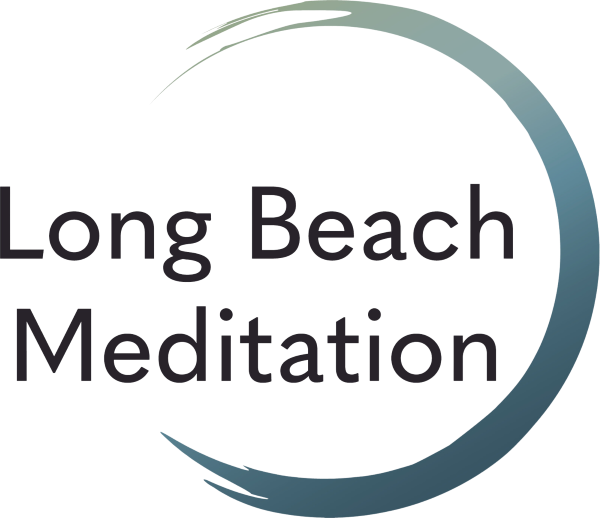Expanded commentary on a Monday Guided Meditation with Franz offered via zoom on April 6, 2020:
Expanded sitting instructions
Read the underlined portions. The paragraphs under them are for more depth. Also, your personal, unique experience has profound depths to be plumbed and it may not look anything like the points on this page.
Find a comfy way to sit and set a timer Please note that consistency is way more important than length of time at this point.
10 minutes a day would be great to start!
1. Sit as comfortably as you can with your back straight.
Be as relaxed and comfortable as possible while maintaining a firm, tall trunk. Let your hands be wherever they want to be. However they are most comfortable and stable.
2. Feel the body settle in this position. Anchor your attention in the body.
At first in a general non-focused way, just notice any sensation in your body that presents itself; whatever it is, just notice it, name it if you like, but you do not need to change it. The part of the mind/brain that is constantly evaluating and judging is actually an anatomically different part than the part that can just notice and pay attention. That’s the part we are looking to strengthen.
3. Five senses.
Gather in your attention to fill your whole body.
Notice every point of sense contact that you can, moving through the five senses.
Touch (clothes, feet on the ground, hands in your lap, etc)
Hearing
Sight (even with closed eyes, light and shadow play on the eyelids)
Smell
Taste
NOTE: There are so many more wonderful and strange sensations that can be objects for meditation. Starting with the skin, all the way into your abdomen, you can notice temperature differences, friction, notice any places that are holding on or relaxed, warm or cool, under pressure or loose, etc. You could move to the top of the head, sweep down the body and just investigate this totally unique and personal experience of being embodied. Take a few moments just to feel the whole body as one complete process unfolding involving all the senses.
4. Take three deep breaths with long exhales.
This will stimulate the vagus nerve and relax the mind and body. Like pouring water into a jug, your breath fills the bottom (your belly) first and rises to fill your chest cavity. Then slowly exhale twice as long (at least) as your inhale.
NOTE: After these three deep breaths let the breath happen naturally however it wants to happen.
Do not make the breath do anything intentionally. You don’t need to manage or control the breath.
5. Bring your focused attention to the breathing apparatus.
Cool air rushes in the nostrils (hear it? feel it? notice it will be warmer coming out), fills the sinus cavities, hits the back of the throat, fills the lungs, the rib cage expands, the belly rises, the diaphragm pulls down into the belly cavity, the belly expands like a balloon. The course reverses and rushes out warmed by your body. Somewhere along this long chain of constantly changing sensory phenomena, pick a point to stay with (like "nose-temperature and sound of inhale/exhale" or "belly, rising and falling"). Collect all your attention to this point/points of sense contact.
Another way of being with your breath is to feel the entire chain of breathing as it moves through your body from nose to low abdomen and back.
This is the "on purpose" component of mindful awareness. Please also remember the "non-judgmental" component. Whatever external sounds, internal thoughts, plans, memories, etc come up, just let them be. Don't punish yourself for having them, or punish them for "interrupting" your meditation. Just notice whatever "comes" up for you in this time.
PRACTICE POINT: At this point you can do a simple "noting" practice, like whenever you notice you are breathing in, mentally note "IN". When you notice you are breathing out, mentally note "out". Or if you like you can count the cycles of breath from 1-10 and reverse.
6. When you are done, take an instant just to feel the deep settled feelings in your body and nervous system.
This is YOUR personal experience that is not dependent on any external phenomena. Well done! Take this On-purpose, Non-judgmental, Moment-by-moment experience of your life with you whatever you do.
"We do not practice meditation to access some special reality removed from our day to day life. We meditate to enter deeply and touch, perhaps for the first time, our own life."
- Gil Fronsdal
